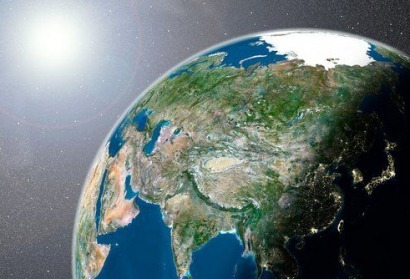
The timing is right. Asia needs trillions of dollars of natural gas, electricity and telecommunications infrastructure. Maximising the efficiency of this rollout matters not just for Asia, but the world.
By 2050, Asia could have a bundled electricity, natural gas and telecommunications infrastructure. This infrastructure would deliver solar and wind energy over high-capacity electricity cables. It would deliver natural gas, biofuels and hydrogen through pipelines. It would deliver crucial marketplace trading data over fibre optic cables. All three (electricity cables, pipelines and fibre optic cables) would be bundled together to lower investment and operational costs.
Much of this infrastructure would follow common routes: connecting Asia’s huge cities to sparsely populated, remote areas where the region’s future energy resources are located.
In its flagship study Pan-Asian Energy Infrastructure, Grenatec evaluates the potential for bundling Asia’s regional power lines, natural gas pipelines and fiber optics networks into the world’s most advanced ‘smart grid.’ This bundled, multipoint infrastructure would serve a region producing one-third of global GDP and accounting for two billion people.
The benefits would include:
1. Less underutilised spare energy capacity, since cross-border trade could fill supply gaps.
2. Lower energy prices through increased market access and competition .
3. More accurate investment price signals through aggregating market demand.
4. Improved energy security through increased market flexibility.
6. Reduced geopolitical tension through deeper multilater energy market integration.
“How successful it is will hinge upon the efficiency of regional infrastructure as Asia becomes the world's largest economic bloc. A Pan-Asian Energy Infrastructure is key to this future,” says Grenatec. “The 21st Century is going to be the ‘Asian Century.’”
For additional information:

